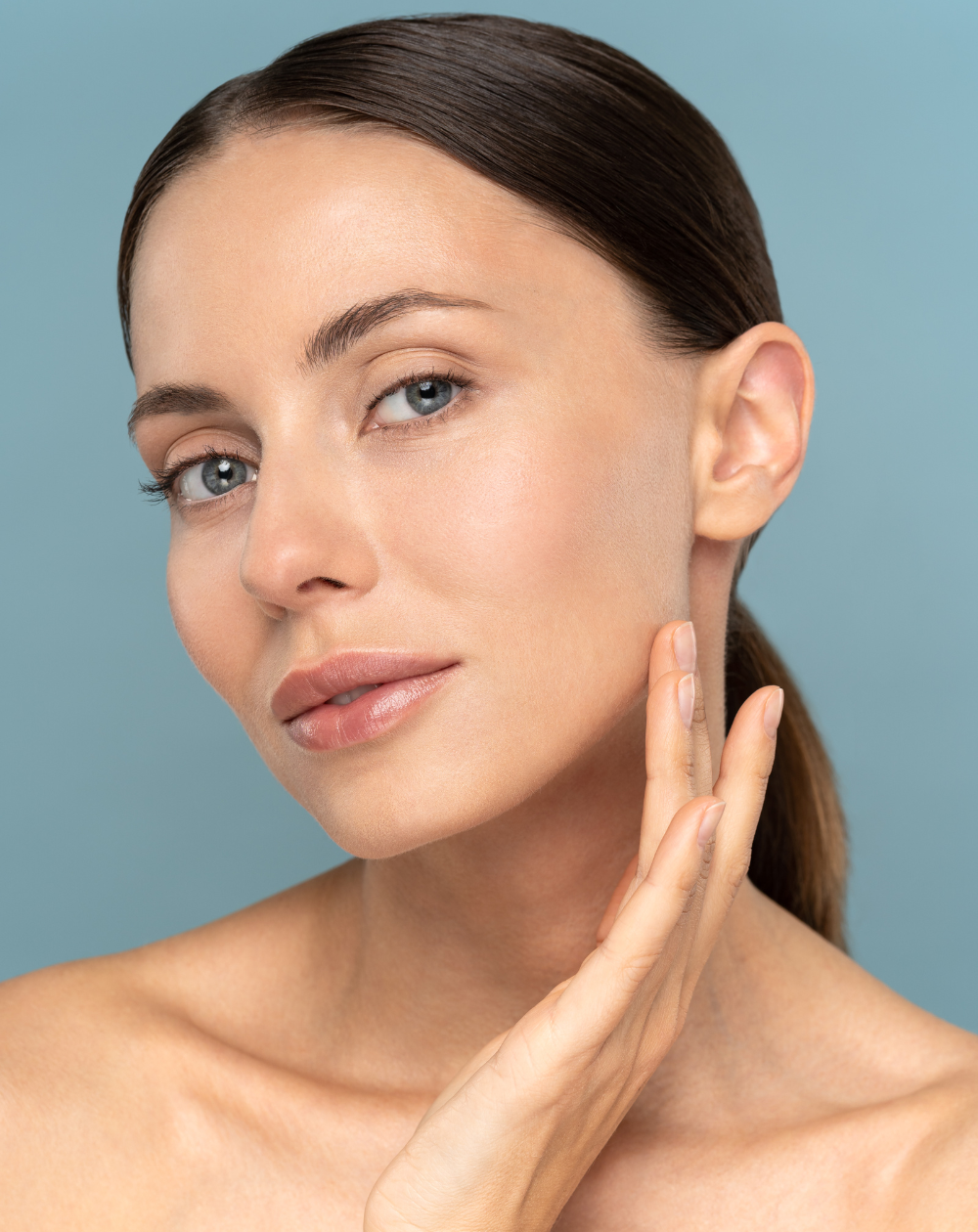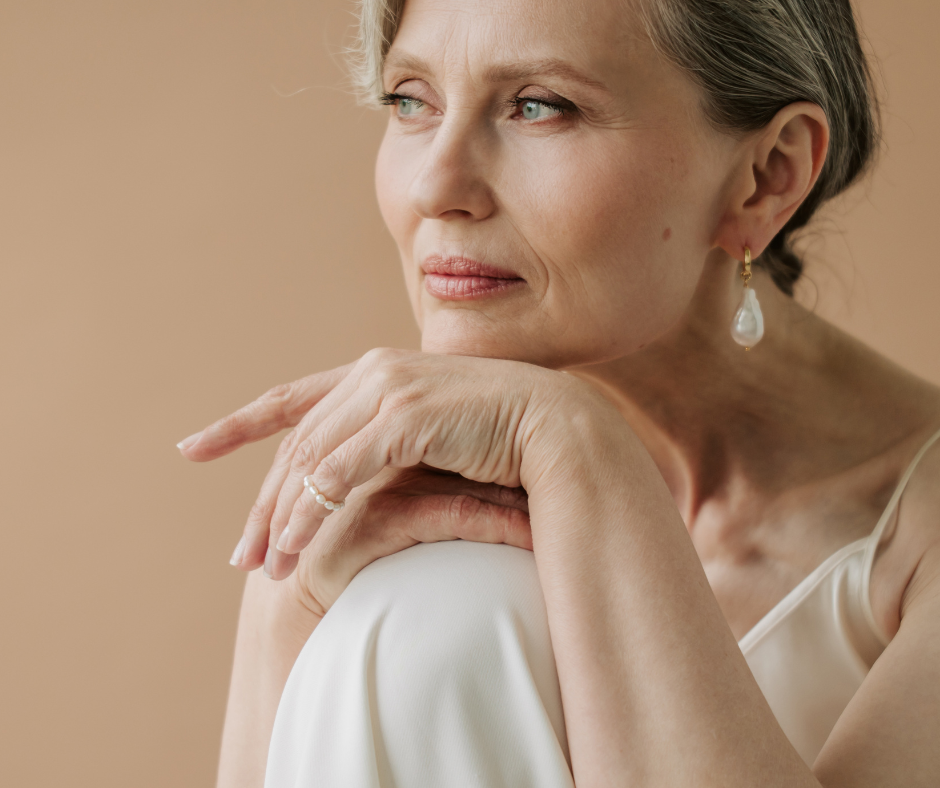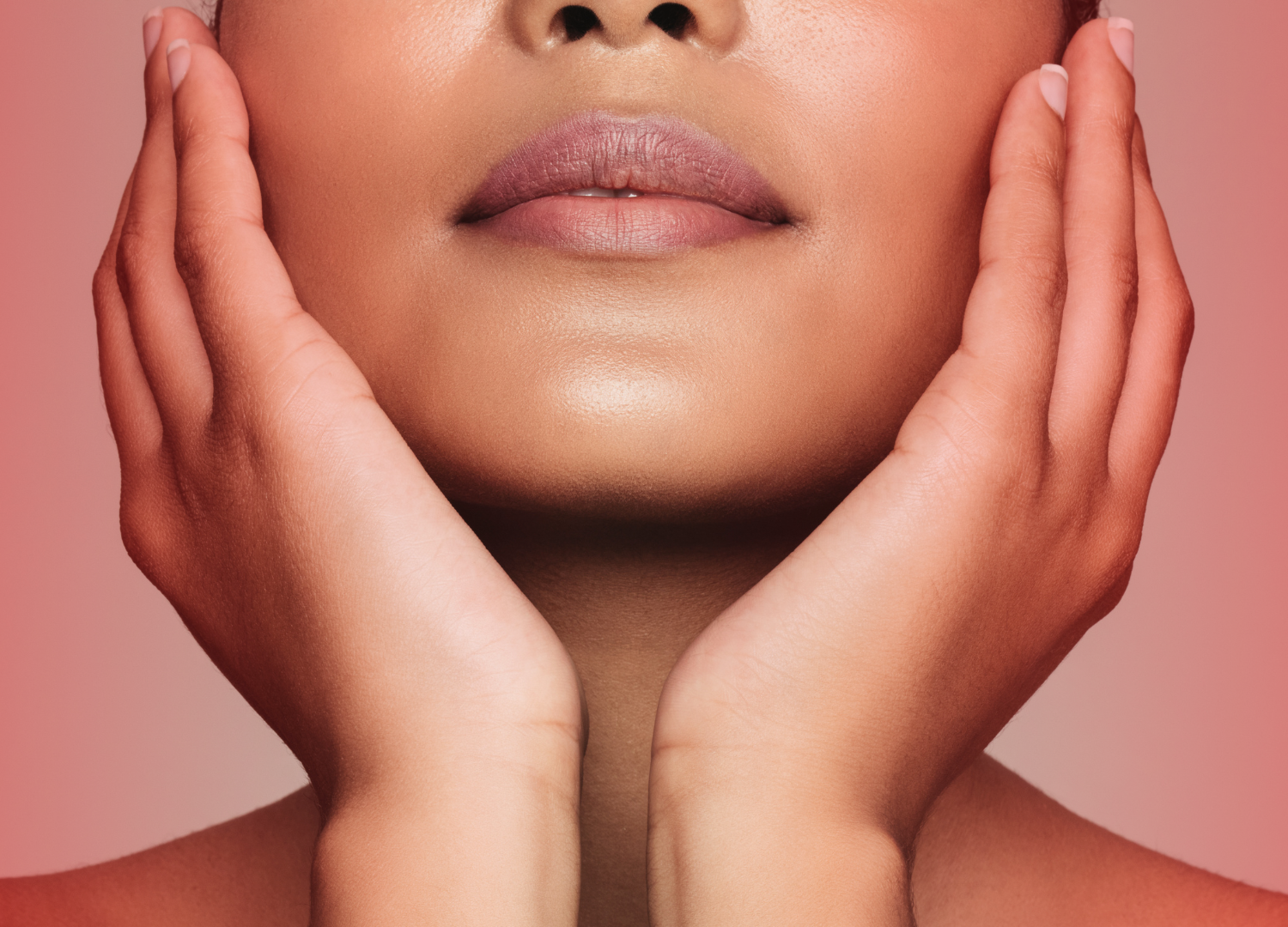You may have come across pictures of people on social media chilling at home while wearing a strange looking lit up mask. No it is not a robot-inspired Halloween costume, it’s LED light therapy: a non-invasive skin treatment that can help treat various skin concerns including acne, wrinkles and even psoriasis. But how does it really work, how should you use it and can it be combined with other facial treatments? Let’s get your questions answered.
What is LED light therapy
Believe it or not, the technology was first discovered after NASA began studying LED lights and their effects in healing astronauts’ wounds or illnesses on long-term space missions in the 1990s. Since then, LED (light-emitting diode) light therapy has made its way to dermatology clinics, beauty spas and even into our homes. It is considered a safe and non-invasive skin solution for a variety of concerns. LED light therapy benefits include the treatments of:
- Wrinkles
- Acne
- Eczema
- Psoriasis
- Rosacea
- sun damage
- and even hair loss.
How does LED light therapy work?
Led light therapy is a treatment that uses skin-safe, low-level light in different wavelengths and colors that penetrates into the skin to trigger its natural processes to repair the skin, boost collagen and address a variety of concerns one may have. Sometimes different LED lights are combined with a photosensitive medicine that is applied to the skin by a professional in a clinic and to maximize results, but for LED light therapy facials, the skin should be clean and free of any products.
LED light therapy At home
Besides treatments at the dermatologist’s office, LED light therapy facial devices are on the market and available for at-home use like masks or wands for targeted treatments. At-home devices, however, will likely not be as effective as professional LED light treatments, because they aren’t as powerful as the larger ones used by professionals.
A color for each skin concern and many benefits
There are various wavelengths and colors to LED light used in facial treatments. Each color targets a different type of skin issue and choosing the right one for your needs is important.
Blue light
If you’re dealing with acne, this one is definitely for you. Blue light can kill the bacteria responsible for acne and control oil production in your skin.
Red light
This helps ease inflammation and redness and similarly to radio frequency therapy, red light therapy stimulates the production of collagen, a protein responsible for the skin’s plumpness and youthful look.
Purple Light
Combines the benefits of red and blue light in one treatment.
Green light
This one stimulates collagen production and helps with pigmentation. Green light therapy is also known for reducing headache frequency with migraine patients.
Amber light
This is known to improve the skin’s radiance and glowing appearance.
What to expect with LED light therapy facials
Minimal risks and side effects
While there are minimal side effects with LED lights, they can still cause some skin reactions such as redness, swelling, itching and dryness. With Radio frequency therapy, which has been clinically proven to deliver results, side effects are close to nonexistent and if any redness occurs, it usually dissipates shortly after treatment.
Enhance results by combining with RF
One way you can enhance your skin tightening results is by using LED light therapy in combination with a radio frequency device such as the NEWA RF wrinkle reduction device. Because both technologies are gentle on the skin, there shouldn’t be much irritation or inflammation. It is recommended to either alternate nights or use your at home LED device after using your NEWA.
According to a clinical study submitted to the FDA with individuals who used NEWA over a period of three months (3 times a week for the first 4 weeks and twice a week for the remaining 8 weeks), the NEWA RF results are clear: 100% of participants showed improvement in overall wrinkle appearance. In addition, 84% showed improvement in skin firmness and 75.6% showed an increase in skin collagen content. No wonder some 300,000 people worldwide have already made it a part of their skincare routine.
In conclusion
LED light therapy can greatly benefit the skin. While treatments performed by a doctor in a professional clinic are generally more effective, at-home solutions are also widely available to do light therapy facials at home. Each light color provides different benefits to the skin, but it is important to note that there could be some mild risks associated with light therapy treatments.
Sources used in the article:
nasa.govncbi.nlm.nih.gov
ncbi.nlm.nih.gov
pubmed.ncbi.nlm.nih.gov
pubmed.ncbi.nlm.nih.gov




